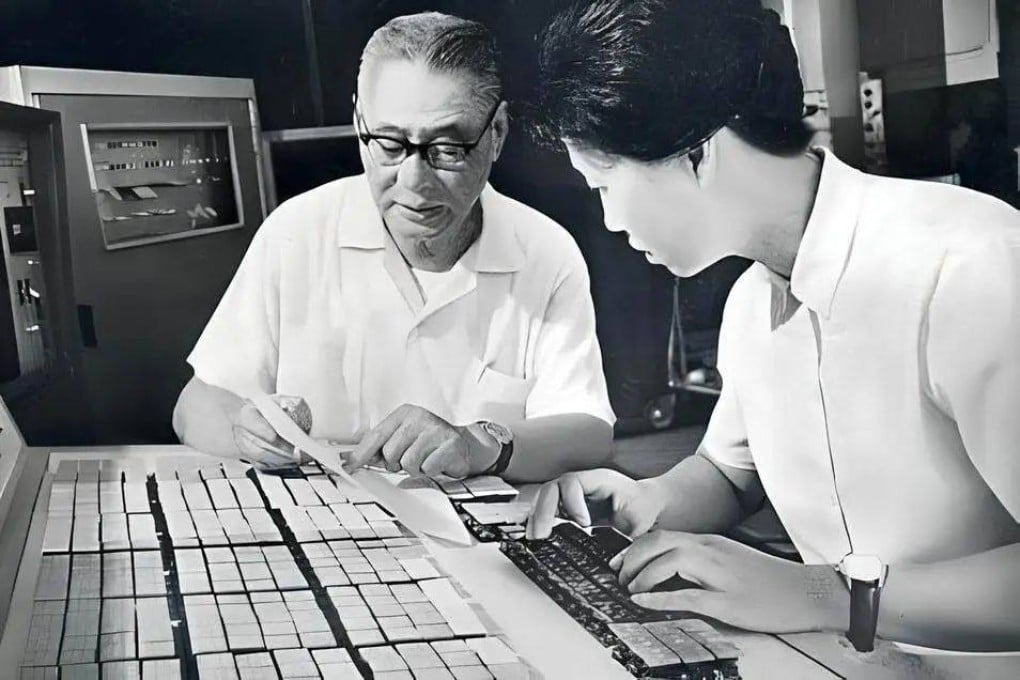How to write in Chinese faster than in English? Online Chinese typing tools harness predictive text based on pinyin
- Type 5 letters for a whole line of verse? Impossible in English, easy using online Chinese typing tools, for which autofill now reaches speeds once unimaginable

“I dismount from my horse and offer you wine.”
So begins one of the most beautiful and well-known Tang dynasty poems, Farewell, composed by Wang Wei (AD699-761).
To spell out this passage using Hanyu pinyin, mainland China’s official system of transliterating Chinese characters into Latin alphabetic letters, one needs a total of 17 letters and spaces: xiama yin jun jiu. Cracking open a laptop, however, a Chinese computer user needs only five: xmyjj.
With just five keystrokes, the computer’s on-board input method editor (IME) – a program that transforms QWERTY keystrokes into Chinese characters – has all it needs to produce the beloved stanza.
As most mainland Chinese computer users know, the most popular IMEs today are based on pinyin. This is true for desktop computing as well as for mobile applications.

